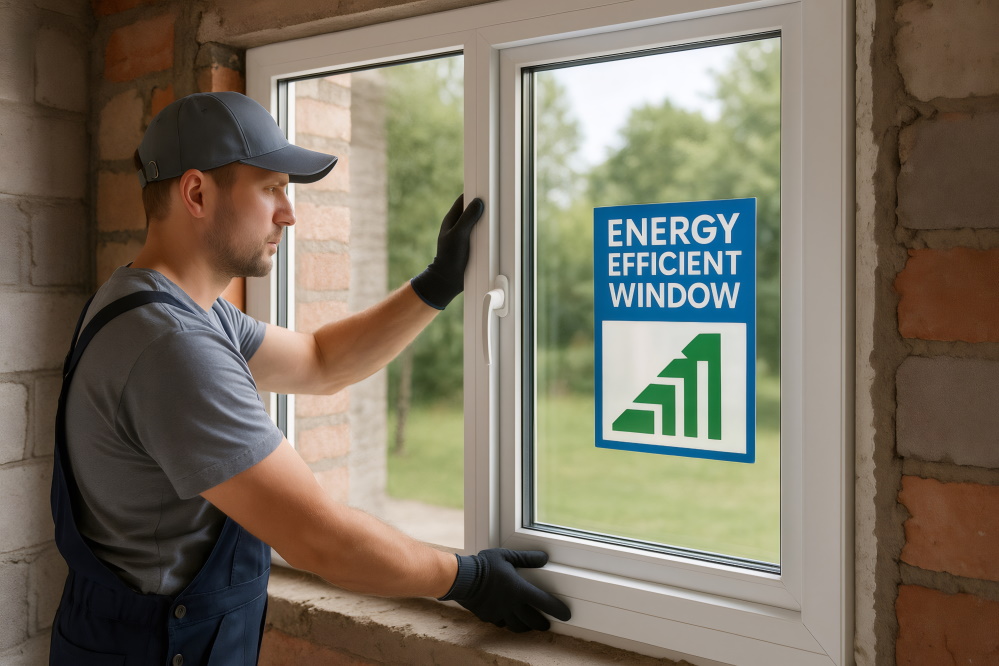As a trusted affordable housing construction consultant, understanding the trends and strategies for energy-efficient housing is vital for developers aiming to deliver high-quality, sustainable, and cost-effective properties. As the industry evolves, energy efficiency is no longer just a “nice-to-have” feature—it’s a crucial element for meeting regulatory requirements, accessing funding, and ensuring long-term affordability for residents.
In this guide, we’ll explore the future of energy-efficient affordable housing, highlight the benefits of green building practices, and provide actionable steps for developers to implement these strategies. The insights shared are particularly valuable for Public Housing Agencies (PHAs), Community Land Trusts (CLTs), affordable housing developers, state and local housing agencies, and owners of Naturally Occurring Affordable Housing (NOAH) properties.
Why Energy Efficiency Matters for Affordable Housing
Energy-efficient affordable housing provides several benefits that go beyond reducing utility costs. Here are some key reasons why it is becoming a priority for housing developers:
Lower Operating Costs for Tenants and Owners
Energy-efficient buildings reduce the overall cost of utilities for tenants, making housing more affordable. For developers, lower energy consumption translates to reduced operating expenses, which can be crucial for maintaining long-term financial sustainability.
Access to Incentives and Funding
Many state and federal programs offer tax credits, grants, and other incentives for incorporating energy-efficient features into housing developments. For example, Low-Income Housing Tax Credits (LIHTC) can be paired with energy efficiency requirements, enabling developers to secure funding more easily while meeting sustainability goals.
Improved Indoor Air Quality and Resident Health
Energy-efficient construction techniques often include ventilation improvements and the use of low-emission building materials. This contributes to healthier living conditions, reducing the risk of respiratory problems and other health issues for residents.
Future-Proofing Against Rising Energy Costs
As energy costs continue to rise, housing units built to energy-efficient standards will become increasingly attractive to residents and investors alike. Incorporating green technologies from the outset ensures that properties remain competitive in the market.
Key Strategies for Building Energy-Efficient Affordable Housing
Implementing energy efficiency involves a variety of practices, from design and construction to materials and technology. Below are some strategies developers can adopt to build the next generation of energy-efficient affordable housing:
- Incorporate Green Building Standards
Standards such as LEED (Leadership in Energy and Environmental Design), ENERGY STAR, and Passive House provide comprehensive frameworks for sustainable construction. Incorporating these standards ensures that a development meets high levels of energy performance. Additionally, meeting green building certifications can open doors to specialized financing options and incentives.
- Use Energy-Efficient Materials and Technologies
Selecting the right materials and technologies is essential for achieving energy efficiency. This can include:
- High-Performance Insulation: Ensuring proper insulation minimizes heat loss, reducing the need for heating and cooling. This is particularly beneficial for NOAH properties looking to maintain affordability while upgrading their energy performance.
- Energy-Efficient Windows: Double- or triple-pane windows with low-emissivity coatings can significantly reduce heat transfer, keeping homes cooler in the summer and warmer in the winter.
- LED Lighting: Transitioning to LED lighting throughout the property reduces energy consumption and cuts utility costs.
- Incorporate Renewable Energy Sources
Investing in renewable energy, such as solar panels or wind turbines, can significantly reduce a building’s reliance on non-renewable energy sources. While the initial investment may be higher, renewable energy can generate long-term savings by offsetting electricity costs. In some cases, surplus energy can even be sold back to the grid.
- Optimize HVAC Systems
Heating, ventilation, and air conditioning (HVAC) systems account for a large portion of a building’s energy use. To optimize these systems:
- Install energy-efficient HVAC units that use less energy while providing the same level of comfort.
- Incorporate smart thermostats and zoning controls to regulate temperatures more efficiently based on occupancy and time of day.
- Regularly maintain HVAC systems to ensure optimal performance.
- Implement Smart Building Technologies
Smart building technologies, such as energy management systems, can monitor and control energy use more effectively. Features such as automated lighting, occupancy sensors, and energy usage tracking enable property managers to optimize energy consumption and reduce costs.
Addressing the Challenges of Energy-Efficient Affordable Housing
While the benefits are clear, there are challenges associated with implementing energy efficiency in affordable housing. The following strategies can help developers navigate these challenges effectively:
- Balancing Initial Costs with Long-Term Savings
The upfront cost of implementing energy-efficient technologies and materials can be a barrier. To manage this, developers should seek out available incentives, grants, and low-interest financing options dedicated to green building projects. Additionally, consider phased implementation, where energy efficiency measures are introduced over time, allowing for gradual cost absorption.
- Meeting Compliance with Local Energy Codes
Energy efficiency standards and building codes vary by state and municipality. Developers need to stay informed about local requirements and ensure that their projects comply. Working closely with energy consultants and architects can help identify the best solutions for meeting or exceeding local standards.
- Educating Stakeholders on the Benefits
It’s important to convey the value of energy-efficient housing to all stakeholders, including residents, investors, and housing agencies. Providing educational resources and transparency about energy savings can foster support and ensure that everyone involved understands the long-term benefits of the investment.
The Future of Affordable Housing: Trends to Watch
The future of energy-efficient affordable housing is shaped by ongoing advancements in building technologies, evolving regulations, and increasing awareness of climate change. Here are some trends to keep an eye on:
Net-Zero and Zero-Energy Buildings
Net-zero buildings, which produce as much energy as they consume, are becoming more feasible for affordable housing as technology costs decrease. Incorporating renewable energy sources and energy-efficient design from the outset can help developers achieve these ambitious goals.
Resilient Building Design
Designing buildings to withstand extreme weather conditions is gaining attention as climate change increases the frequency of natural disasters. Energy-efficient properties that are also resilient to weather events will be highly valued in the future.
Electrification of Building Systems
As the energy grid becomes cleaner, electrifying building systems (such as heating and cooking) will be an important step toward reducing carbon footprints. Developers should consider integrating electric systems with renewable energy sources to maximize efficiency.
Health-Centric Design Approaches
The COVID-19 pandemic highlighted the importance of healthy living environments. Expect a greater focus on building designs that prioritize indoor air quality, natural lighting, and biophilic design elements, which can contribute to the well-being of residents.
The future of affordable housing lies in energy efficiency and sustainability. For developers, embracing energy-efficient practices isn’t just about meeting regulations—it’s about enhancing property value, reducing costs, and improving residents’ quality of life. By incorporating green building standards, utilizing smart technologies, and navigating the challenges of implementation, developers can lead the charge in shaping a more sustainable housing future.
Now is the time to invest in energy-efficient affordable housing to meet growing demand and position your developments for long-term success. Learn more about how Property Plus Construction and our team of experts can assist you on your next project by clicking here. Complete the short form, and one of our team members will call you to schedule a consultation. Let us help you build a future where affordable housing is not only accessible but also sustainable and energy-efficient.

